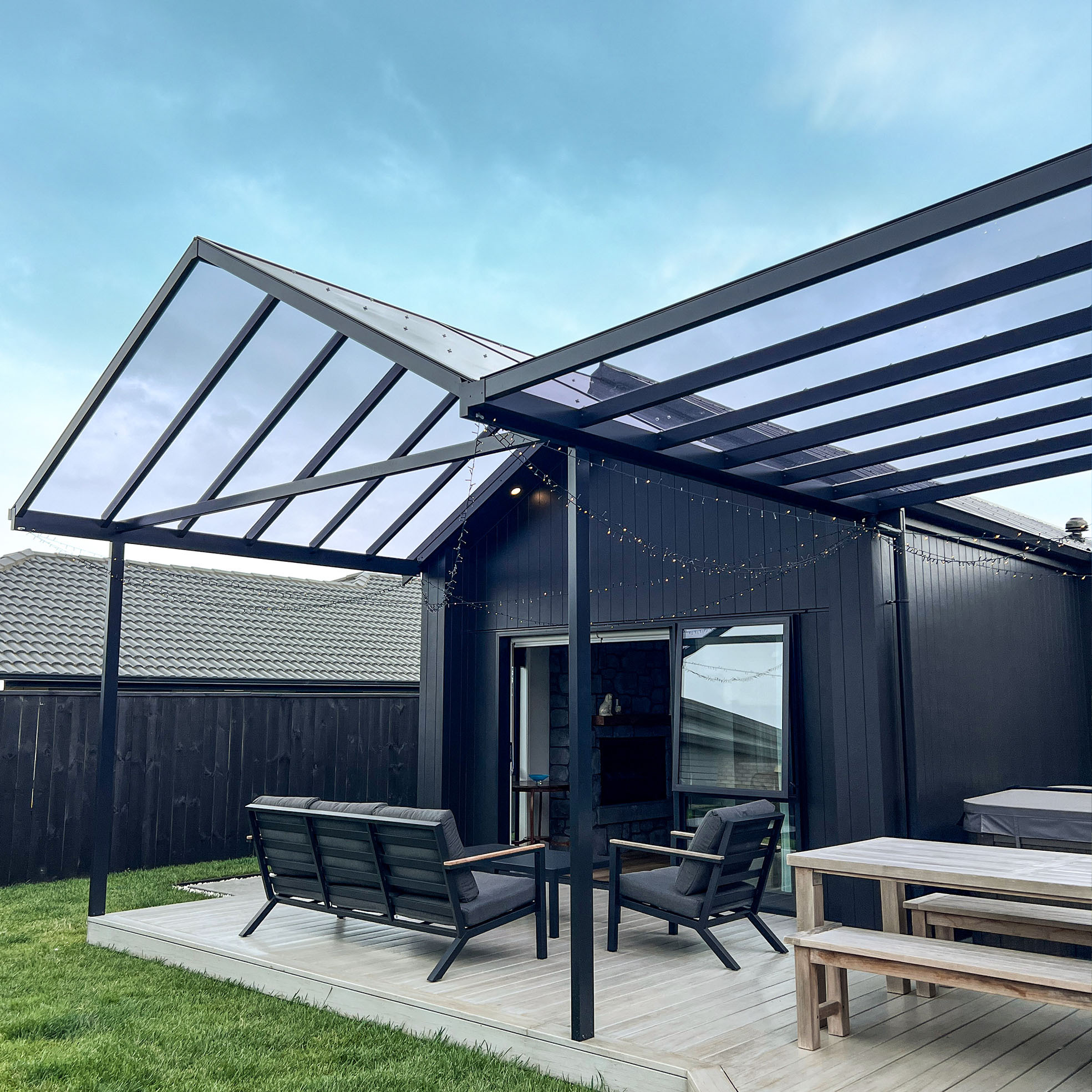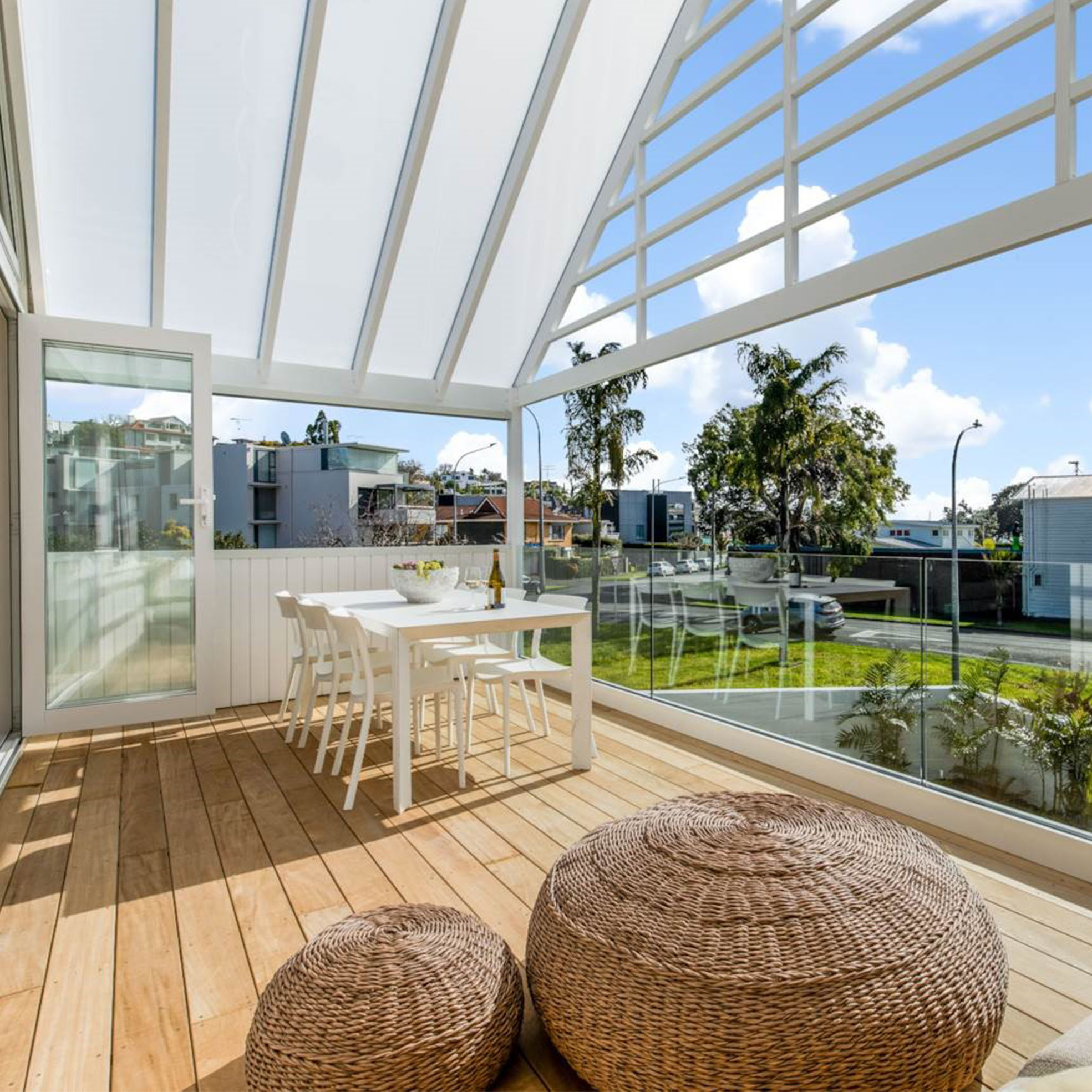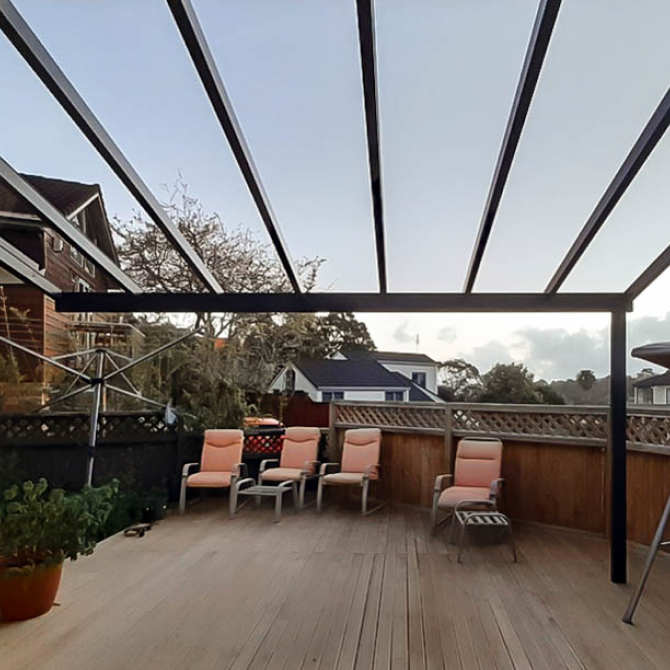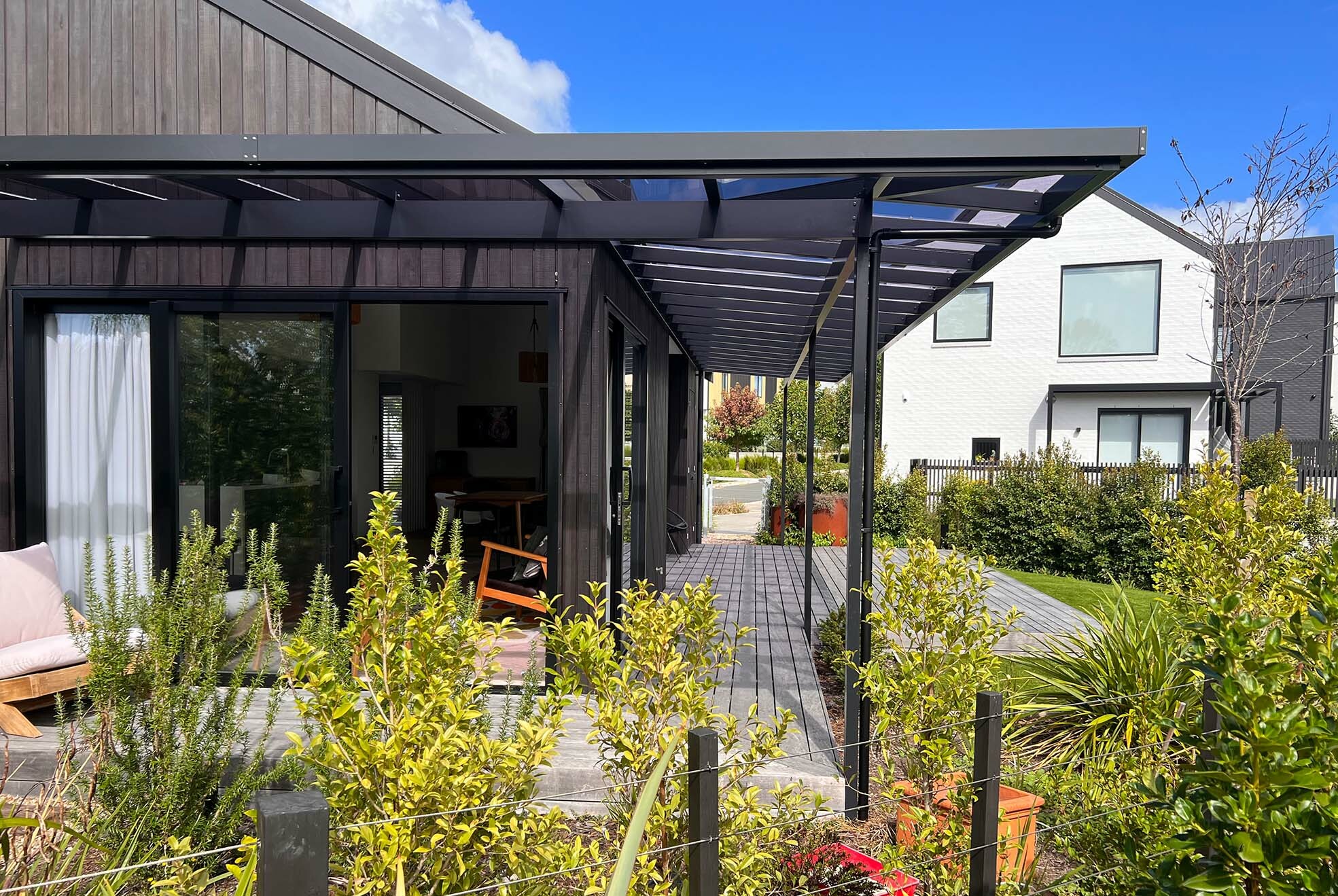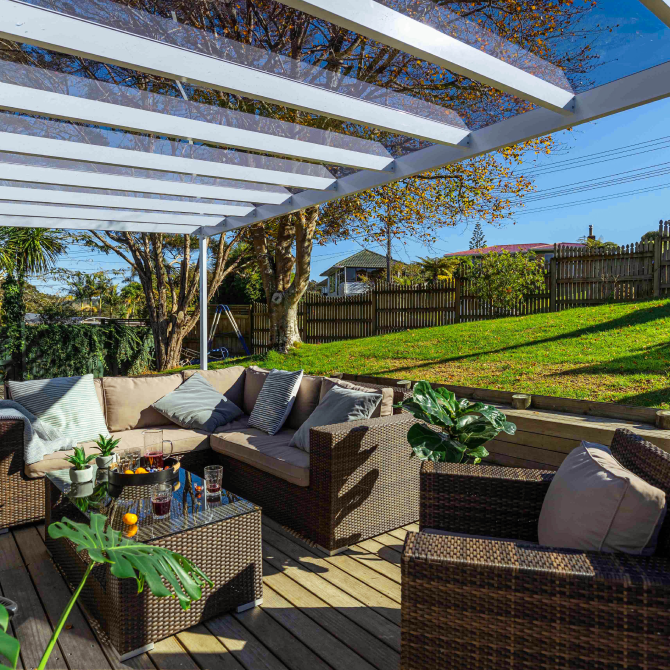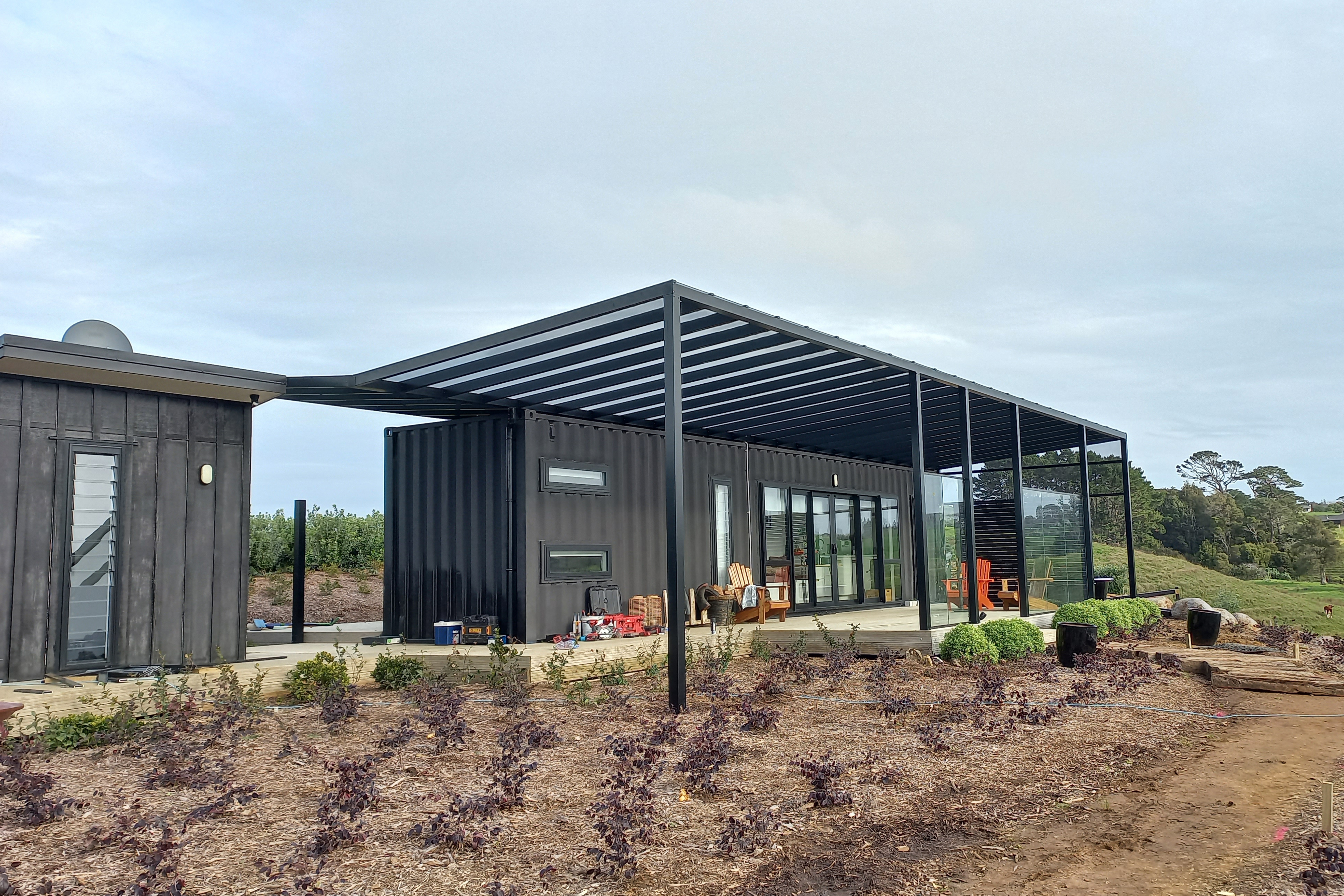The role of pergolas in landscape architecture

What is Landscape Architecture?
Landscape architecture is the design of outdoor spaces that balances beauty and functionality. It involves the creation of outdoor spaces that are not only aesthetically pleasing but also functional and sustainable. Landscape architecture can be seen in many different types of outdoor spaces, from small urban parks to large estates.
One of the primary goals of landscape architecture is to create a harmonious relationship between the built environment and the natural world. This often involves integrating natural features, such as plants, water, and wildlife, into the design. Additionally, landscape architects may consider factors such as environmental sustainability, accessibility, and user needs when designing outdoor spaces.
The Role of Pergolas in Landscape Architecture
Pergolas are an important element in landscape architecture, as they provide a functional and beautiful structure that can enhance the overall design of an outdoor space. Here are some of the ways that pergolas can be used in landscape architecture:
Define Outdoor Spaces: Pergolas can be used to define outdoor spaces, such as seating areas or dining areas. By creating a distinct area within a larger outdoor space, pergolas can help to create a sense of intimacy and privacy.
Provide Shade: Pergolas are often used to provide shade in outdoor spaces, particularly in areas that receive a lot of sun. By providing shade, pergolas can make outdoor spaces more comfortable and usable, particularly during the hot summer months.
Add Visual Interest: Pergolas can add visual interest to an outdoor space by creating a vertical element that contrasts with the horizontal lines of the surrounding landscape. By using interesting materials and design details, pergolas can become a focal point of an outdoor space.
Support Climbing Plants: Pergolas are often used to support climbing plants, such as vines or roses. By providing a vertical structure for these plants to climb, pergolas can create a lush and verdant outdoor space.
Design Considerations for Pergolas in Landscape Architecture
When designing a pergola for a landscape architecture project, there are several factors to consider. Here are some of the most important design considerations for pergolas:
Materials: Pergolas can be made from a variety of materials, including wood, metal, and vinyl. The choice of materials will depend on factors such as the desired aesthetic, durability, and cost.
Size: The size of the pergola will depend on the size of the outdoor space and the intended use. For example, a pergola that is designed for dining may need to be larger than one that is designed for lounging.
Orientation: The orientation of the pergola is an important consideration, as it will affect the amount of shade that it provides. Pergolas that are oriented to the east or west will provide more shade during the morning or evening, while those that are oriented to the north or south will provide more shade during the day.
Design Details: The design of the pergola can include a range of details, such as the shape of the roof, the size and spacing of the beams, and the type of decorative elements used. These details can help to create a pergola that is both functional and beautiful.
Integration with Surrounding Landscape: Pergolas should be designed to integrate with the surrounding landscape, including plants, hardscaping, and other outdoor features. By using materials and design elements that complement the surrounding landscape, pergolas can enhance the overall design of an outdoor space.
Overall, pergolas play an important role in landscape architecture, providing both functional and aesthetic benefits to outdoor spaces. When designing a pergola for a landscape architecture project, it is important to consider factors such as materials, size, orientation, design details, and integration with the
How to Choose the Right Pergola for Your Landscape Design
Choosing the right pergola for your landscape design can be a daunting task. Here are some things to consider when selecting a pergola:
Material: Pergolas can be made from a variety of materials, including wood, vinyl, and aluminum. Each material has its own advantages and disadvantages, so it's important to choose the one that best fits your needs and budget.
Style: Pergolas come in many different styles, from traditional to modern. Consider the overall style of your landscape design and choose a pergola that complements it.
Size: The size of your pergola should be proportional to the size of your outdoor living space. A small pergola can look out of place in a large yard, while a large pergola can overwhelm a small space.
Function: Consider how you plan to use your pergola. Will it be used for outdoor dining, entertaining, or as a quiet retreat? The function of your pergola will affect its design and size.
Location: The location of your pergola is important for both its function and aesthetics. Consider the sun exposure, views, and privacy when choosing the location of your pergola.
Budget: Pergolas can range in price from a few hundred to several thousand dollars. Set a budget before you begin your search and choose a pergola that fits within your budget.
Pergola Maintenance and Care
Proper maintenance and care can help your pergola last for many years and maintain its beauty. Here are some tips for maintaining and caring for your pergola:
Cleaning: Regularly clean your pergola to remove dirt, debris, and stains. Use a soft-bristled brush or a power washer on a low setting to clean the surface. For stubborn stains, use a mild soap and water solution.
Sealing: If your pergola is made of wood, it will need to be sealed every few years to protect it from the elements. Use a high-quality sealer designed for outdoor use.
Painting or Staining: If you want to change the colour of your pergola, you can paint or stain it. Make sure to use a product designed for outdoor use and follow the manufacturer's instructions.
Inspecting: Regularly inspect your pergola for any signs of damage, such as cracks or warping. Address any issues as soon as possible to prevent further damage.
Trimming: If you have vines or other plants growing on your pergola, regularly trim them to prevent them from damaging the structure.
Winterization: If you live in an area with harsh winters, it's important to properly winterize your pergola. Remove any plants or decorations, and cover the pergola with a waterproof cover.
By following these tips for maintenance and care, your pergola can continue to add beauty and functionality to your outdoor living space for many years to come.


